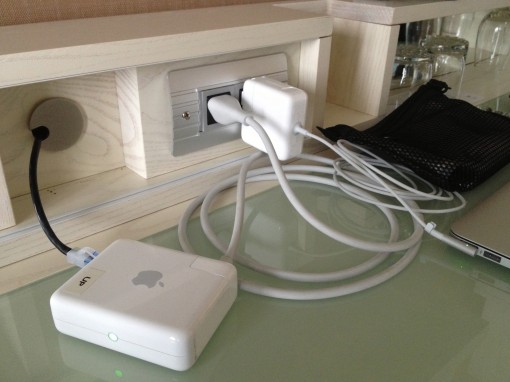In honor of Denver Startup Week, I’d like to try to answer a question we’ve thought about at Crowd Favorite: are we a startup?
In the most traditional sense: no. Startups, as they’ve come to be known, can typically be seen as small technology-centric companies founded by a handful of individuals to build a produce or service, sometimes for businesses, other times for consumers. Most startups grow quickly, add employees, take on investments, and have some sort of exit planned.
On the other hand, design and development firms (or consultancies) like Crowd Favorite share a lot of traits with startups:
Talent
We hire from the same pool of smart individuals: designers, developers, and even managers. These people typically sit at a computer, work on the web and solve interesting problems.
When hiring a designer, we’re all looking for someone who can create user experiences, solve business problems, and communicate visually. Developers are folks who see technology as a series of moving parts that need to work together to achieve the designed solutions. Managers can take various requirements and goals, turn them into milestones and deliverables, and see the process through.
Technology
We work on the web or, at the least, in the technology space. Designers use the same applications and share the same skills: Photoshop, Illustrator, HTML and CSS, etc. Developers speak many programming languages and often have worked with a handful and can move into others: PHP, Ruby, Rails, JavaScript, Objective C.
Culture
We work hard and like what we do: solving interesting problems with technology. We value freedom to get the job done, we understand the value of research, we appreciate resourcefulness. But we also feel that anything worth doing is worth doing well, and our work reflects that. What we put out into the world is a big reflection of who we are. We provide valuable services and we get paid for it.
Lifestyle
We come to the office to maximize the time we spend with our colleagues or we work remotely in a way that suits everyone, but we don’t clock in. We wear shorts, jeans, slacks, ties, polos, hoodies, t-shirts, sandals, sneakers, slippers. We have ice cream in the freezer and beer in the fridge. A team lunch together to talk about technology is a regular occurrence. We work until we’ve put in a good day’s work and never consider working an 80 hour week.
While startups and design and development consultancies are often working on the same kinds of problems in the same space with the same kinds of people, we’re different in at least a couple of ways:
We don’t typically work all day, every day, including weekends. We have families and outside interests and those are more important than “hustling” to get to launch or investor day. While we love helping a client launch a product, or website, or campaign: we manage reasonable expectations, timelines, and budgets and stick to them without sacrificing our lives.
We also don’t aim for a huge exit, we tend to grow at a steady pace, learn more as technologies and companies evolve, and plan to continue doing the work that looks most interesting to us at any given time.
Was Apple ever a startup? I don’t think so. Is a large agency like Crispin Porter + Bogusky? I wouldn’t say so. Is Crowd Favorite? No. But we’re all working together in an ecosystem that’s no longer an isolated community of designers and developers. This is the new “industry” and the lines between “being” a startup and working “amongst” startups are becoming blurry. The community in Denver know this which is why you see a lot of participants you might not expect: MapQuest, EffectiveUI, SpireMedia, just to name a few.
I look forward to visiting some of our neighbors at the startup crawl later this week.


